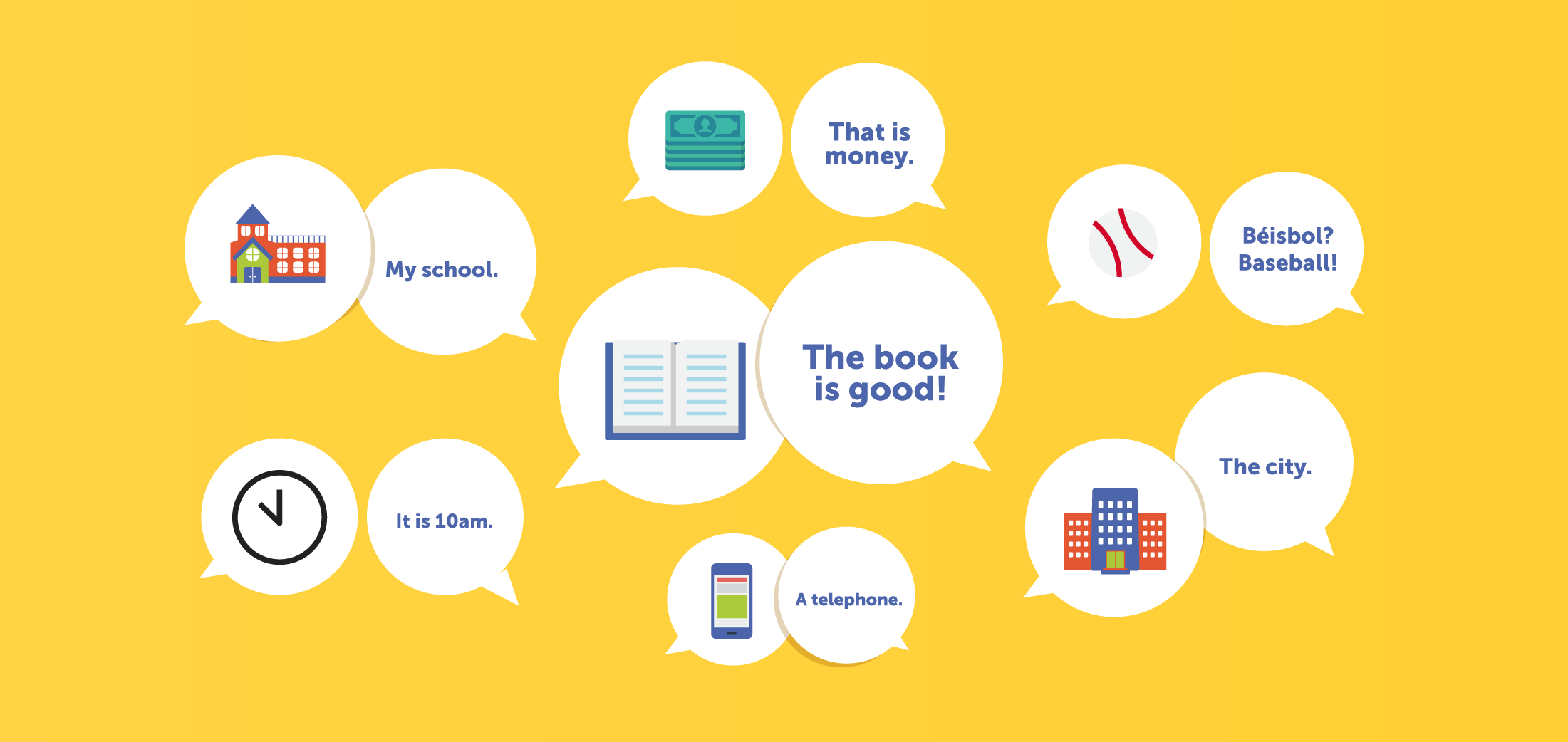
By Paola Uccelli
For emergent bilinguals, also called English language learners (ELL), research shows that vocabulary instruction — explicit teaching and guided practice to expand students’ knowledge of words’ meanings — needs to be conducted consistently across all instructional formats. Different instructional formats, however, are useful in teaching different kinds of words.
Across all instructional formats, the following elements are important:
Emily Phillips Galloway and Gladys Aguilar also contributed to this response.
This answer was developed in partnership with Usable Knowledge at the Harvard Graduate School of Education.

For emergent bilinguals, also called English language learners (ELL), research shows that vocabulary instruction — explicit teaching and guided practice to expand students’ knowledge of words’ meanings — needs to be conducted consistently across all instructional formats. Different instructional formats, however, are useful in teaching different kinds of words.
Across all instructional formats, the following elements are important:
Emily Phillips Galloway and Gladys Aguilar also contributed to this response.
This answer was developed in partnership with Usable Knowledge at the Harvard Graduate School of Education.